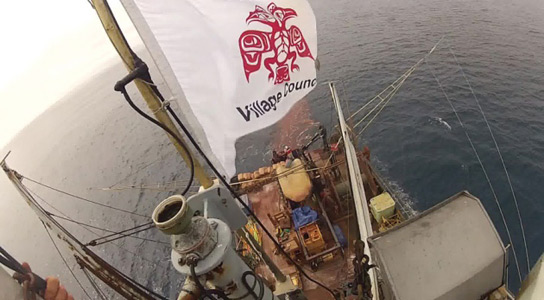
Workers on a Haida Salmon Restoration Corporation boat release iron sulfate into the Pacific Ocean. Credit: Image by HSRC
Last July, a chartered fishing boat strewed 100 tonnes of iron sulfate into the ocean, off the western coast of Canada. The goal was to supercharge the marine ecosystem. The iron was supposed to fertilize plankton, boost salmon population, and sequester carbon. Currently, it’s still unclear whether the ocean responded as hoped, but this project has angered scientists, embarrassed a village of indigenous people, and enraged opponents of geoengineering.
Initially, it was thought that this rogue effort of geoengineering was started off by Russ George, a US-based entrepreneur, who had persuaded the Haida Nation Village of Old Massett on the Queen Charlotte Islands to fund the project with the promise that it would be possible to sell these carbon credits for the carbon dioxide taken up by phytoplankton. It turns out that there is much more to the story.
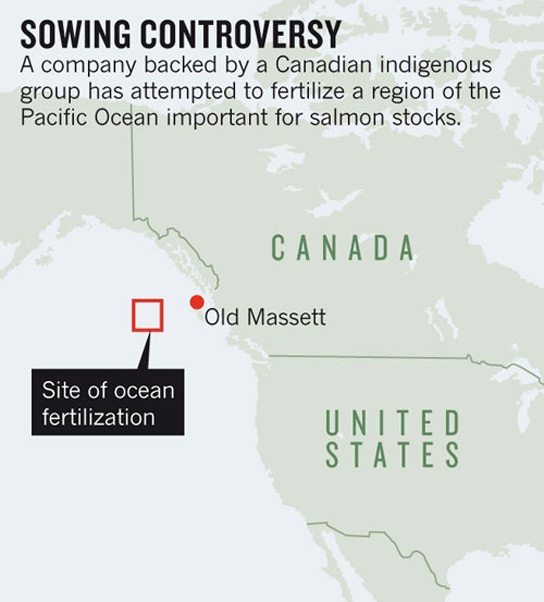
Credit: Infographic by Nature
Old Massett is a fishing village with fewer than 1,000 people, which embraced the project in hopes of restoring the dwindling salmon runs by boosting phytoplankton, and in turn, the entire marine food web. In February 2011, the villagers voted to lend $2.5 million to the Haida Salmon Restoration Corporation (HSRC) to fertilize the ocean. The company planned on repaying its loan by selling the carbon credits to companies seeking to offset their greenhouse-gas emissions.
The iron fed a bloom of phytoplankton of 10,000 square kilometers (3,900 square miles) that attracted fish, birds, and whales, states John Disney, head of the Old Massett-based corporation and economic development officer for the village. The Old Massett scheme dumped five times more iron than previous fertilization experiments and no scientists outside the project have seen data that might show whether this worked as advertised. Marine biologists agree that this is sophisticated science, and it’s not the way to conduct an experiment.
The project is on uncertain legal grounds, as ocean fertilization is restricted voluntarily by an international moratorium on geoengineering and by a treaty on ocean pollution. There are exemptions for research, but officials from Environment Canada say that the agency warned the project leaders in May that the ocean fertilization would require a permit.
“Environment Canada did not approve this non-scientific event,” states Environment Minister Peter Kent and enforcement officers are investigating. The Canadian National Research Council gave $70,000 in funding to HSRC and NOAA provided 20 buoys to help to monitor water conditions. However, officials from both agencies said they were never informed of the ocean-fertilization experiment and thought that the work involved salmon ecology.
It is yet unclear whether the project will restore the salmon population. Scientists remain skeptical. It will take another two years to before they find out whether the Haida project worked.


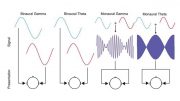

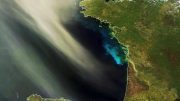
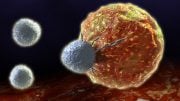



Be the first to comment on "Controversy Sparked by Ocean Fertilization Project off Canada’s Coast"